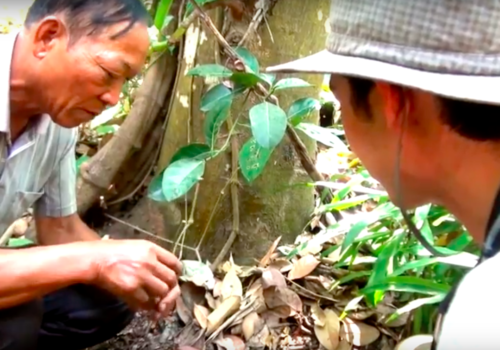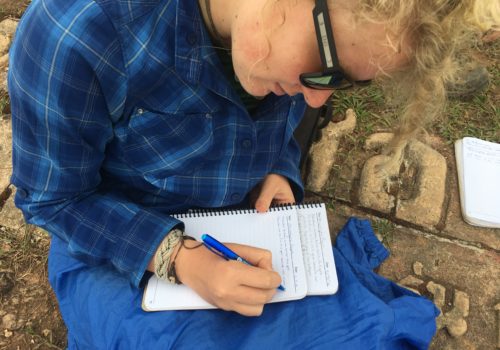A great article on the decline in the biodiversity of apples in North America. Contemporary Americans (and people in the industrialized world in general) eat a tiny fraction of the food crops our ancestors did only a few generations ago. A lot is being lost, but there is hope with the growing movement of heirloom varieties and small artisanal farmers!
[E]ven allowing for overlap, the number of distinct varieties grown by Americans in the 19th century was somewhere around 14,000.
To the modern consumer used to apples that are sweet, round, and red, this number may seem enormously redundant. But in the 19th century, apples came in all shapes and guises, some with rough, sandpapery skin, others as misshapen as potatoes, and ranging from the size of a cherry to bigger than a grapefruit. Colors ran the entire spectrum with a wonderful impressionistic array of patterning—flushes, stripes, splashes, and dots. There was an apple for every community, taste, purpose, and season, with winter varieties especially prized. Apples were used for making cider, baking, drying, eating out of hand—even as livestock feed.
Read more at A Curious Tale: The Apple in North America – Brooklyn Botanic Garden.




